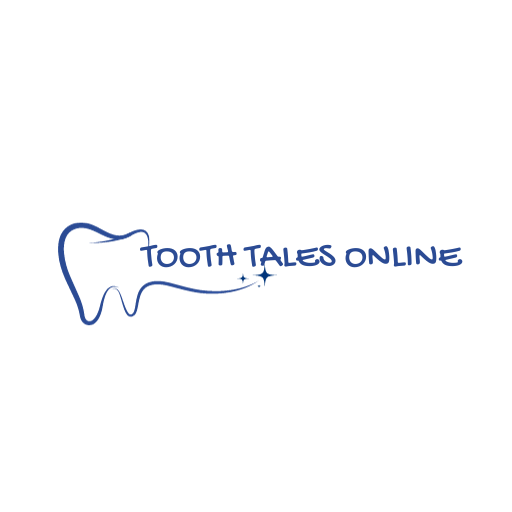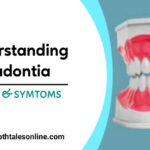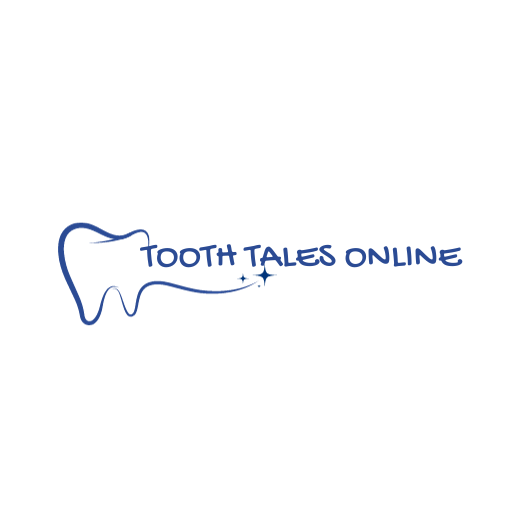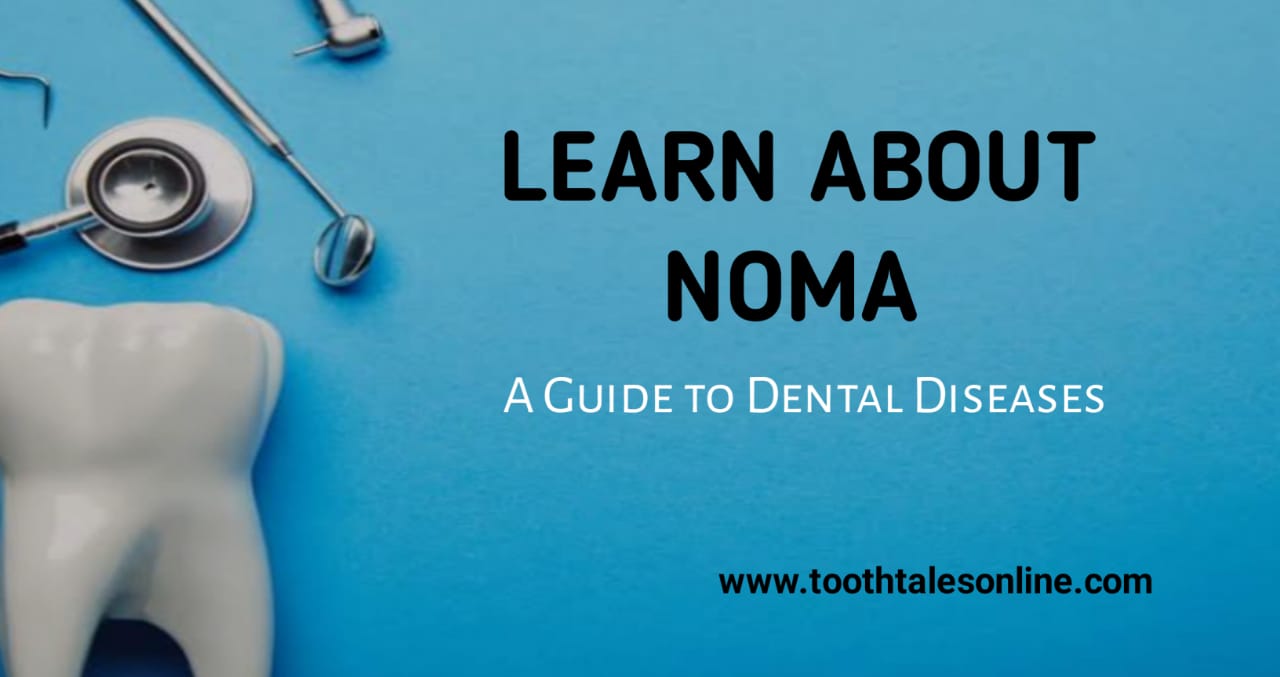Understanding Noma:
Noma is a devastating disease that primarily affects the mouth and surrounding facial tissues. It mostly strikes children in regions where extreme poverty, malnutrition, and limited access to healthcare are common. In this guide, we will explore what Noma is, its causes, symptoms, treatments, prevention strategies, and its broader impact on affected communities.
What is Noma?
Noma, also known as “cancrum oris,” is a rapidly progressing infection that severely damages the tissues of the face, especially around the mouth and cheeks. This disease usually targets children between the ages of 2 and 6 who suffer from malnutrition and live in poor sanitary conditions. If left untreated, Noma can destroy facial tissues, causing severe disfigurement and even death in some cases.
Causes of Noma
Noma arises from a combination of factors that create an ideal environment for harmful bacteria to grow. The primary causes include:
- Malnutrition: A lack of essential nutrients weakens the immune system, making children vulnerable to infections.
- Poor oral hygiene: Insufficient oral care allows harmful bacteria to thrive in the mouth.
- Bacterial infections: Once the immune system is compromised, bacterial infections spread quickly.
- Weakened immune systems: Factors such as HIV/AIDS or other immune-compromising diseases can contribute to the onset of Noma.
These factors are particularly prevalent in impoverished areas, where children are at higher risk due to a lack of healthcare and proper nutrition.
Symptoms of Noma:
Noma begins with subtle symptoms but quickly worsens. Some of the early signs include:
- Fever: A persistent fever may be one of the first indicators.
- Swelling and redness: These usually appear around the mouth.
- Painful ulcers: As the infection progresses, ulcers form on the gums, lips, and cheeks, leading to tissue destruction.
In severe cases, the infection can spread deeper into facial tissues and bones, resulting in major disfigurement and even the loss of facial structures.
Treatment for Noma:
Early intervention is essential in treating Noma. The treatment generally involves three key components:
- Antibiotics: These are crucial for stopping the infection.
- Nutritional support: Improving nutrition helps strengthen the immune system.
- Surgical repair: In cases of severe tissue damage, reconstructive surgery may be required to restore facial functions.
With timely treatment, the progression of Noma can be halted, significantly reducing its long-term effects. For many, rehabilitation also includes physical and psychological support to help them cope with the emotional trauma caused by disfigurement.
Preventing Noma:
Preventing Noma is possible by addressing its root causes. Key preventive measures include:
- Proper nutrition: Ensuring children receive adequate nutrition to boost their immune systems.
- Improved oral hygiene: Encouraging regular brushing and oral care to reduce the risk of bacterial infections.
- Access to healthcare: Providing medical care in at-risk communities can identify and treat infections before they worsen.
- Vaccinations: Vaccinating children can reduce the risk of infections that may lead to Noma.
These prevention strategies can greatly reduce the incidence of Noma, especially in high-risk regions.
The Impact of Noma on Children and Communities:
Noma does more than just physical harm. Survivors often face emotional challenges, including stigma and social isolation due to their appearance. This can lead to reduced self-esteem, depression, and fewer opportunities for education and employment. The disease not only affects the child but also places a burden on their families and communities, further deepening poverty and hardship.
Challenges in Managing Noma:
Several challenges complicate efforts to manage Noma. In regions where the disease is most common, healthcare services are scarce, and many people lack awareness of the disease. Poverty, malnutrition, and limited access to clean water and sanitation make prevention efforts difficult. Addressing these challenges requires the cooperation of healthcare workers, governments, and local communities.
Global Efforts to Combat Noma:
International organizations are actively working to combat Noma. These efforts focus on:
- Raising awareness: Informing at-risk communities about the dangers of Noma.
- Providing healthcare: Offering medical assistance and training healthcare workers to identify and treat the disease early.
- Promoting preventive measures: Encouraging good nutrition, hygiene, and vaccinations in high-risk areas.
By working together, these initiatives aim to reduce the prevalence of Noma and improve the quality of life for those affected.
Conclusion:
Noma is a preventable and treatable disease that continues to affect children in underprivileged areas. By improving nutrition, hygiene, and healthcare access, we can significantly reduce the number of cases. Investment in these areas is critical to combating Noma and enhancing the quality of life for vulnerable populations worldwide.
FAQs:
1.What causes Noma in children?
Noma results from a combination of factors, including malnutrition, poor oral hygiene, and bacterial infections. Children with weakened immune systems are particularly vulnerable.
2.Can Noma be cured?
Yes, Noma can be treated if caught early. Treatment typically involves antibiotics, nutritional support, and surgery to repair tissue damage.
3.How common is Noma?
Noma is rare in developed countries but remains common in regions with extreme poverty, such as sub-Saharan Africa, parts of Asia, and South America.
4.How can Noma be prevented?
Noma can be prevented by ensuring children receive proper nutrition, maintain good oral hygiene, and have access to healthcare and vaccinations.
5.What are the symptoms of Noma?
Early symptoms include fever, swelling, and redness around the mouth. If untreated, ulcers can form, leading to severe tissue damage and disfigurement.
6.Is Noma contagious?
No, Noma is not contagious. It is caused by bacterial infections that thrive in poor hygiene and health conditions.






















Add Comment